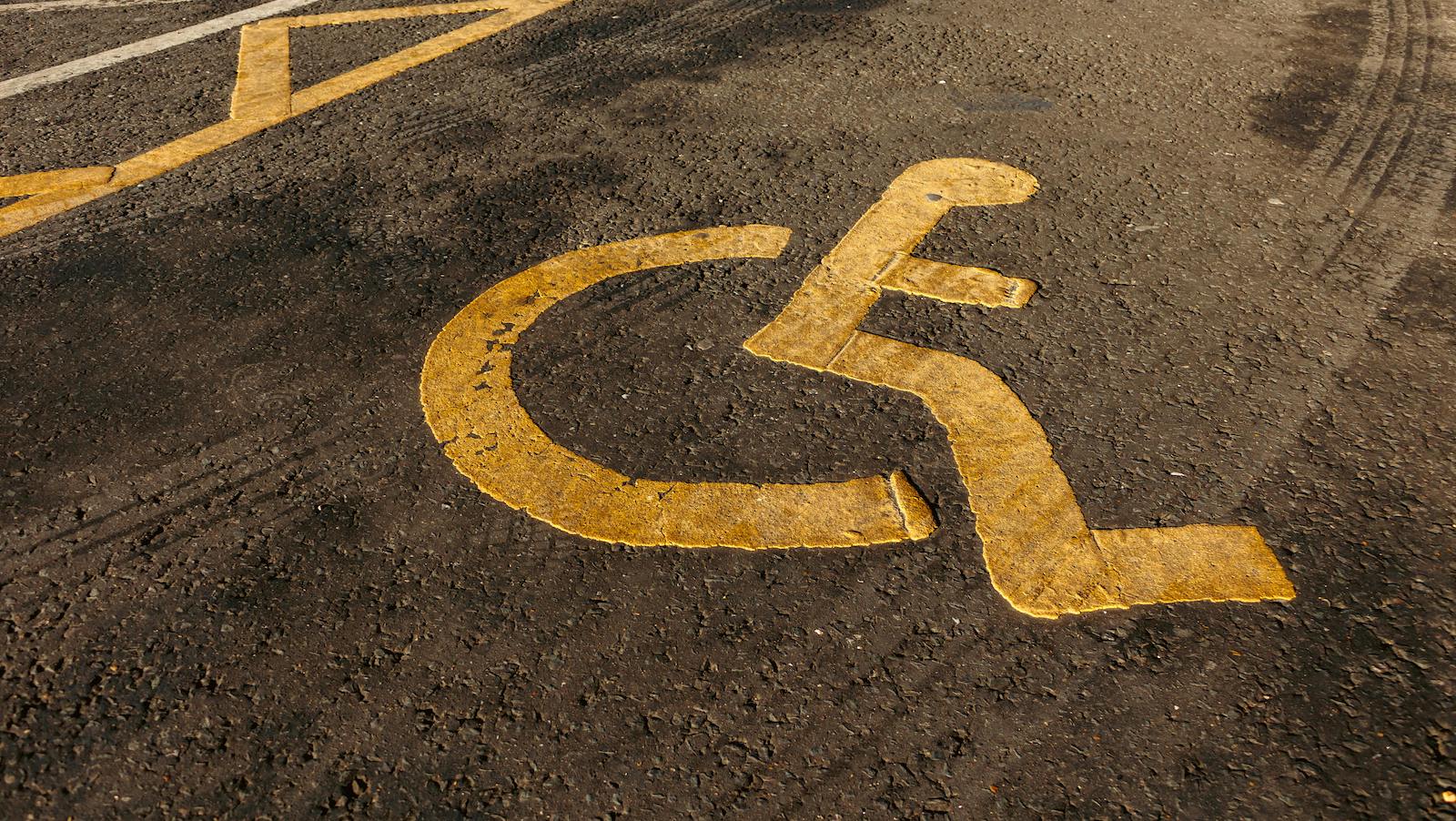There is a belief that business closure orders by civil authorities trigger civil authority coverage in business income insurance policies if the orders allege property damage of some kind. This is a misconception that is typical of generalizations about insurance contracts that come from the failure to actually read the policy language.
For example, most of the local and state governmental orders I’ve seen refer to property damage as a basis for mandatory business closures or operational changes. Here is one of the 18 “WHEREAS’s” in the City of Key West State of Local Emergency Directive 2020-03:
“WHEREAS, this order is given because of the propensity of the virus to spread person to person and because the virus physically is causing property damage due to its proclivity to attach to surfaces for prolonged periods of time;”
Dust has a proclivity to attach to surfaces, but does that result in “property damage” if I can remove it with a cloth? If I don’t vacuum my home for a month, have the floors been damaged? Admittedly, a virus can be more problematic than dust for most people, but does it actually cause damage by temporarily residing on the surface of property? These questions were addressed by the first and second articles I wrote about the COVID-19 pandemic. Yes, there is a temporary impairment of the use of the property but almost certainly no direct physical damage and likely no real damage at all.
In addition, if we’re being honest about these government-mandated business interruptions, we would admit that their purpose is to prevent or minimize the spread of disease from one person to another. Surface contamination is simply one means of this occurring. These orders really aren’t issued to prevent or minimize property damage because, realistically, there is no real property damage.
See also: COVID-19: Stark Choices Amid Structural Change
So, why do these orders include the “property damage” references? Legal gamesmanship. Well-intentioned, perhaps, but an attempt to affect insurance coverage based on a generalized comprehension of what is and isn’t covered under many, if not most, business income insurance forms. For example, following up on the Key West directive above, consider this excerpt from a local publication citing attorney Darren Horan:
“Both types of coverage – and people can have one, both or neither – but they both require physical damage to the property, which is why it was so important for the city to include specific language in its emergency declaration stating that the virus causes physical property damage. That can only help business owners with these types of coverage. Of course, it’s always a fight when dealing with insurance companies, but I’m glad Commissioner Clayton Lopez was at the meeting when I mentioned this needed language and brought it back to City Attorney Shawn Smith for inclusion in the city directive.”
Based on this narrative, the inclusion of a reference to property damage in the directive was to trigger insurance coverage, not because of any real or perceived property damage. In fact, there was no citation of any actual property damage. If anything, such orders are issued to PREVENT “property damage,” something that does little or nothing to actually trigger most business income coverage forms. For example, take this language from the Civil Authority Additional Coverage in the ISO CP 00 30 10 12 business income form:
"When a Covered Cause of Loss causes damage to property other than property at the described premises, we will pay for the actual loss of Business Income you sustain and necessary Extra Expense caused by action of civil authority that prohibits access to the described premises, provided that both of the following apply:
"Access to the area immediately surrounding the damaged property is prohibited by civil authority as a result of the damage, and the described premises are within that area but are not more than one mile from the damaged property."
Let’s parse this language phrase by phrase to illustrate why simply placing a “property damage” statement in a civil authority directive is almost certainly insufficient to trigger coverage.
“causes damage to property other than property at the described premises”
There is no allegation of any real, existing damage to any property. The policy language indicates that the viral contamination (IF a covered peril) must have actually caused damage to property. Directives like this are preventative, not remedial.
“that prohibits access to the described premises”
Nothing in this directive actually prohibits access to any premises. The directive prohibits conducting business as usual with the public. It does not forbid, for example, a property owner from physically accessing his building or business. In fact, for many businesses, they can continue operating in a modified way, such as a restaurant providing carryout or delivery of food. In situations like that, certainly the employees have access to the premises.
“Access to the area immediately surrounding the damaged property is prohibited by civil authority as a result of the damage”
There are three points to make about this last policy language excerpt:
First, there is no identification of any “damaged property.” Again, the directive is largely preventative.
Second, the directive doesn’t appear to prohibit access to the area. A business may be closed entirely to the public, but that doesn’t mean someone can’t walk or drive down the street immediately adjacent to the business. The reason for this reference to the surrounding area in the policy language is to express the intent of the coverage--for example, when a hurricane or tornado hits a neighborhood or business district, with extensive debris, downed power lines, etc., access is limited only to necessary emergency personnel. This coverage was never intended for an exposure like a viral pandemic that largely affects individual facilities and not widespread areas.
Third, if there was a prohibition against accessing the immediate area, it would have to be “as a result of the damage.” What damage? No actual damage is cited or known, much less proven, to exist.
See also: Business Continuity During COVID-19
The reason the “property damage” directive language doesn’t accomplish, in this example, what the attorney thought it did is because the basis for the language was a generalization of coverage and not what the cited policy language actually says. Unfortunately, the media, government officials, politicians and others pick up only on the generalization and not the actual contract language.
Game over.








